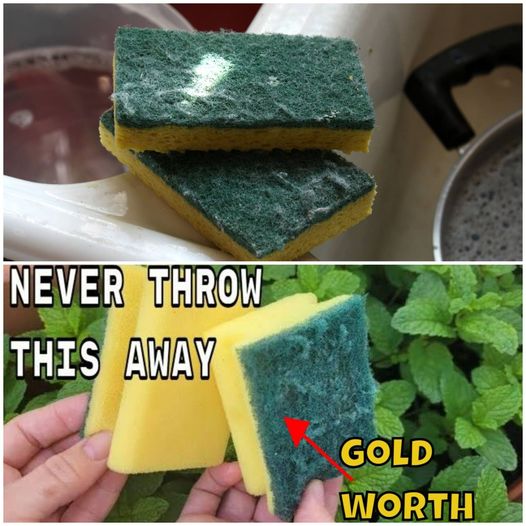Larger pieces of sponge can be placed on the soil surface around plants to act as a mulch, helping to suppress weeds and retain soil moisture. This natural barrier can decrease the growth of unwanted plants and reduce the amount of time you spend weeding.
4. Pest Deterrence
Sponges can also play a role in pest management. By maintaining more consistent moisture levels in the soil, you can prevent the stress that makes plants susceptible to pests. Additionally, the texture of sponges can deter some crawling insects.
How to Prepare and Use Your Sponges in the Garden
Cleaning: First, ensure the sponges are clean and free from soap or chemical residues. Rinse them thoroughly in water to remove any detergents or food particles.
Cutting: Depending on the intended use, cut the sponges into appropriate sizes. Smaller pieces are great for mixing into potting soil, while larger chunks can be used as mulch.
Placement: For moisture retention, mix small pieces of sponge into the potting soil before planting. For mulching, lay larger pieces on the soil surface around the plants.
Monitoring: Keep an eye on the moisture level of the soil, especially when first using sponge pieces, to ensure that it does not become too wet, which could lead to root rot.
Conclusion
Continue Reading in next page

